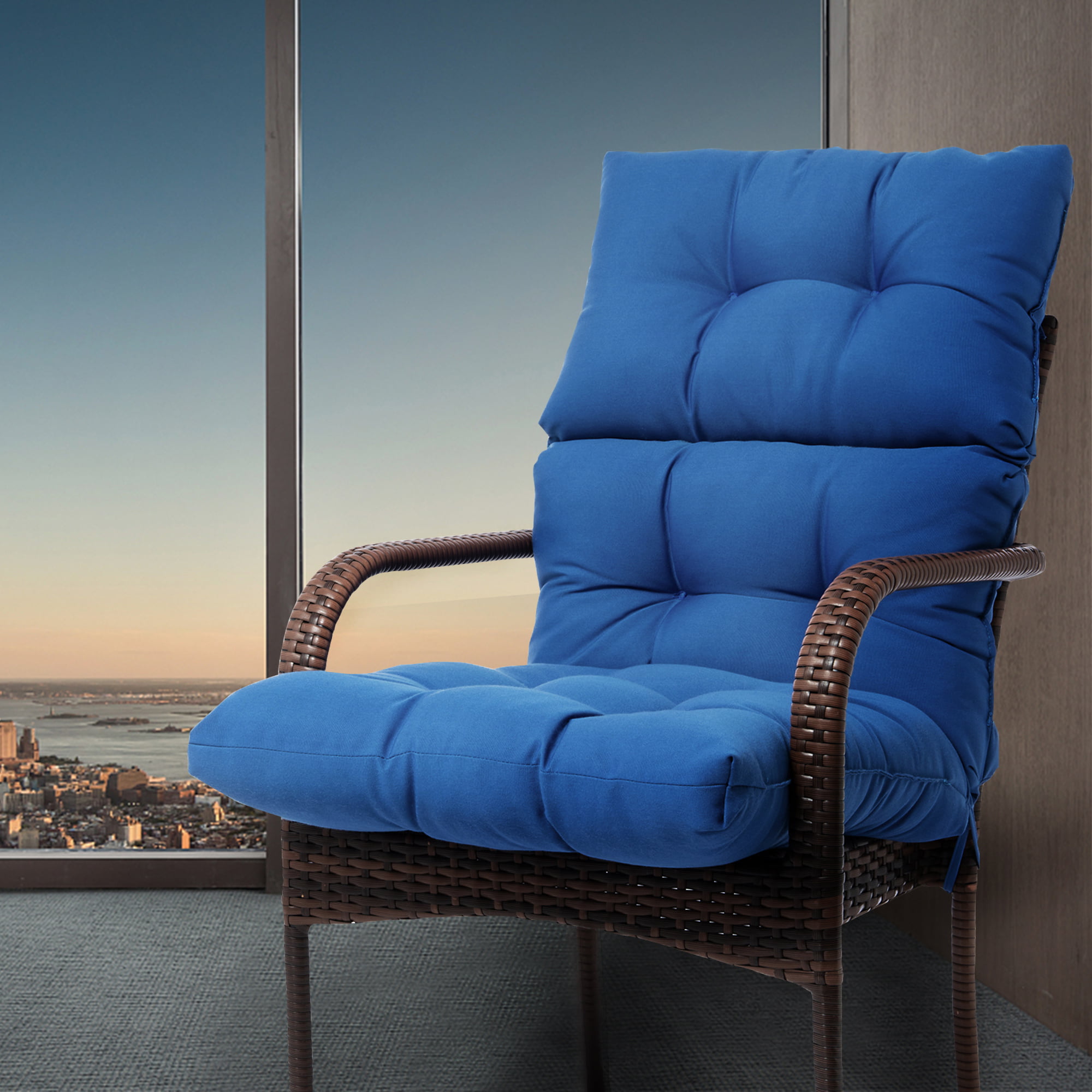Choosing the Right Chair Massager

Selecting a chair massager requires careful consideration of several factors to ensure compatibility, effectiveness, and longevity. The right choice depends on your chair type, individual needs, and budget. Understanding these aspects will lead to a more satisfying and beneficial massage experience.
Chair Massager Attachment Compatibility
Chair massager attachments vary significantly in design and intended use. Their compatibility hinges on the chair’s structure and dimensions. For instance, a back massager designed for a standard office chair with a rigid back might not fit a plush, high-backed recliner. Conversely, a wrap-around massager designed for recliners, often featuring broader straps and longer lengths, may not securely attach to a smaller, less supportive office chair. Compatible combinations typically involve matching the attachment’s size and shape to the chair’s dimensions and curvature. Incompatible combinations often result in poor fit, inadequate massage coverage, or even damage to the chair or the massager. For example, a small, handheld massager might be suitable for various chair types but offer limited coverage, whereas a large, wrap-around massager may only be suitable for recliners or oversized armchairs.
Selecting a Chair Massager Attachment Based on Individual Needs
The selection process should prioritize individual needs and preferences. Budget considerations are paramount; inexpensive models may lack features or durability, while premium models offer advanced features like adjustable intensity and targeted massage zones. Desired massage intensity is another key factor. Some individuals prefer gentle kneading, while others seek deep tissue massage. The attachment should match this preference; some offer adjustable intensity settings, while others provide a fixed intensity level. Specific body areas to target also influence the choice. For example, a lumbar support massager focuses on lower back pain relief, while a full-back massager provides broader coverage. Considering these factors ensures the chosen attachment meets specific needs. For instance, a person with chronic lower back pain might prioritize a lumbar support massager with adjustable intensity, while someone seeking relaxation might choose a full-back massager with a gentler kneading action.
Evaluating the Quality and Durability of Chair Massager Attachments, Massage thing to put on chair
Evaluating quality and durability involves assessing several factors. The materials used directly impact longevity and performance. High-quality attachments often employ durable plastics, reinforced fabrics, and robust motors. Construction is another critical factor; well-constructed attachments exhibit sturdy stitching, secure fastenings, and minimal gaps or loose components. Warranty information provides crucial insight into the manufacturer’s confidence in their product. A longer warranty period usually indicates higher confidence in the product’s durability. For example, a chair massager with a two-year warranty might suggest greater confidence in its build quality compared to one with only a 30-day warranty. Furthermore, examining customer reviews can provide additional insights into the long-term performance and reliability of specific models.
Using and Maintaining Chair Massagers: Massage Thing To Put On Chair

Chair massagers, while offering convenient and effective therapeutic benefits, require proper handling and maintenance to ensure both safety and longevity. Understanding the nuances of attachment procedures and implementing a consistent cleaning and storage routine significantly extends the lifespan of your device and maximizes its therapeutic potential. This section details the best practices for safe use and maintenance.
Attaching and Detaching Chair Massager Attachments
Safe and efficient attachment and detachment of massager attachments are crucial to prevent damage to the device and ensure user safety. Different chair massagers employ varying attachment mechanisms; however, common principles apply across most models. Always refer to your specific model’s instruction manual for detailed guidance.
- Identify the Attachment Type and Mechanism: Before proceeding, carefully examine the attachment and the chair massager’s receiving port. Note the type of connection (e.g., snap-on, screw-on, magnetic) and any specific alignment requirements.
- Align and Attach: Gently align the attachment with the receiving port on the chair massager. Ensure proper alignment to prevent forced connection, which could damage the components. For snap-on attachments, apply firm, even pressure until a secure connection is achieved. For screw-on attachments, carefully tighten the securing mechanism, avoiding over-tightening.
- Test the Connection: Before operating the massager, gently tug on the attachment to confirm its secure connection. A loose attachment can lead to malfunction or even injury.
- Detaching the Attachment: To detach, follow the reverse procedure. For snap-on attachments, gently press any release mechanisms before pulling the attachment away. For screw-on attachments, carefully loosen the securing mechanism before removing the attachment.
Maintaining Chair Massager Attachments
Regular maintenance of your chair massager attachments is essential for hygiene, optimal performance, and extended lifespan. Neglecting these procedures can lead to decreased effectiveness, the buildup of bacteria and grime, and ultimately, premature wear and tear.
- Regular Cleaning: After each use, wipe down the attachment surfaces with a damp, soft cloth. For more stubborn stains or dirt, use a mild soap solution, ensuring the attachment is completely dry before storage. Avoid harsh chemicals or abrasive cleaners, which can damage the material.
- Disinfection: To eliminate bacteria and other microorganisms, consider using a suitable disinfectant spray or wipe, following the manufacturer’s instructions carefully. Allow the attachment to air dry completely before storage.
- Storage: When not in use, store attachments in a clean, dry place, away from direct sunlight and extreme temperatures. Consider using a protective cover or case to prevent dust accumulation and damage.
- Inspection: Periodically inspect the attachments for signs of wear and tear, such as fraying, tears, or loose seams. Replace damaged attachments promptly to prevent injury and maintain optimal performance.
